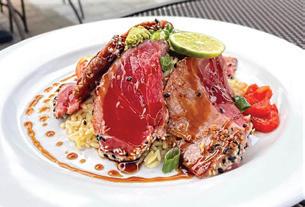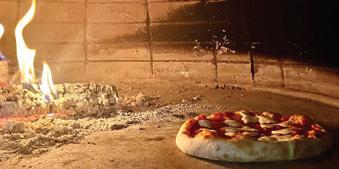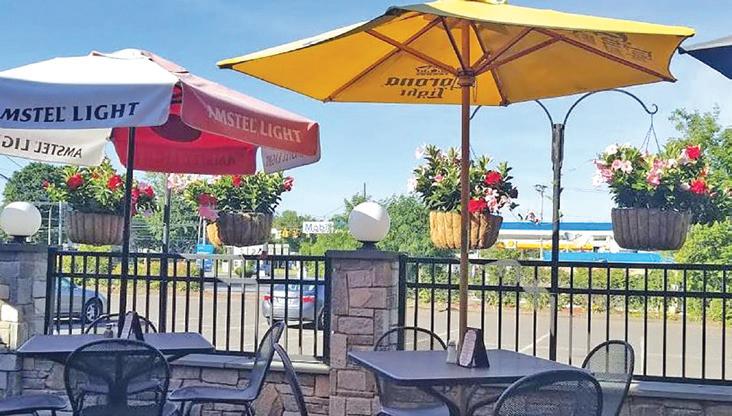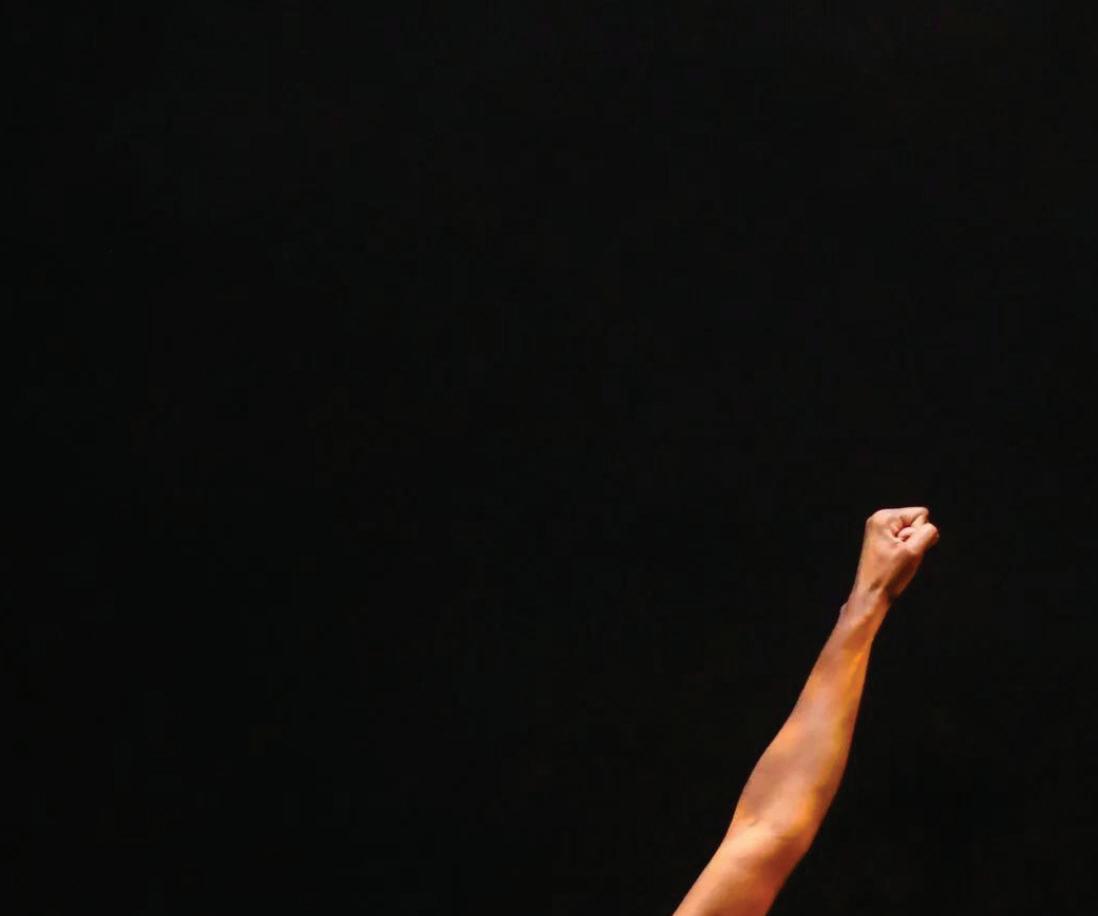
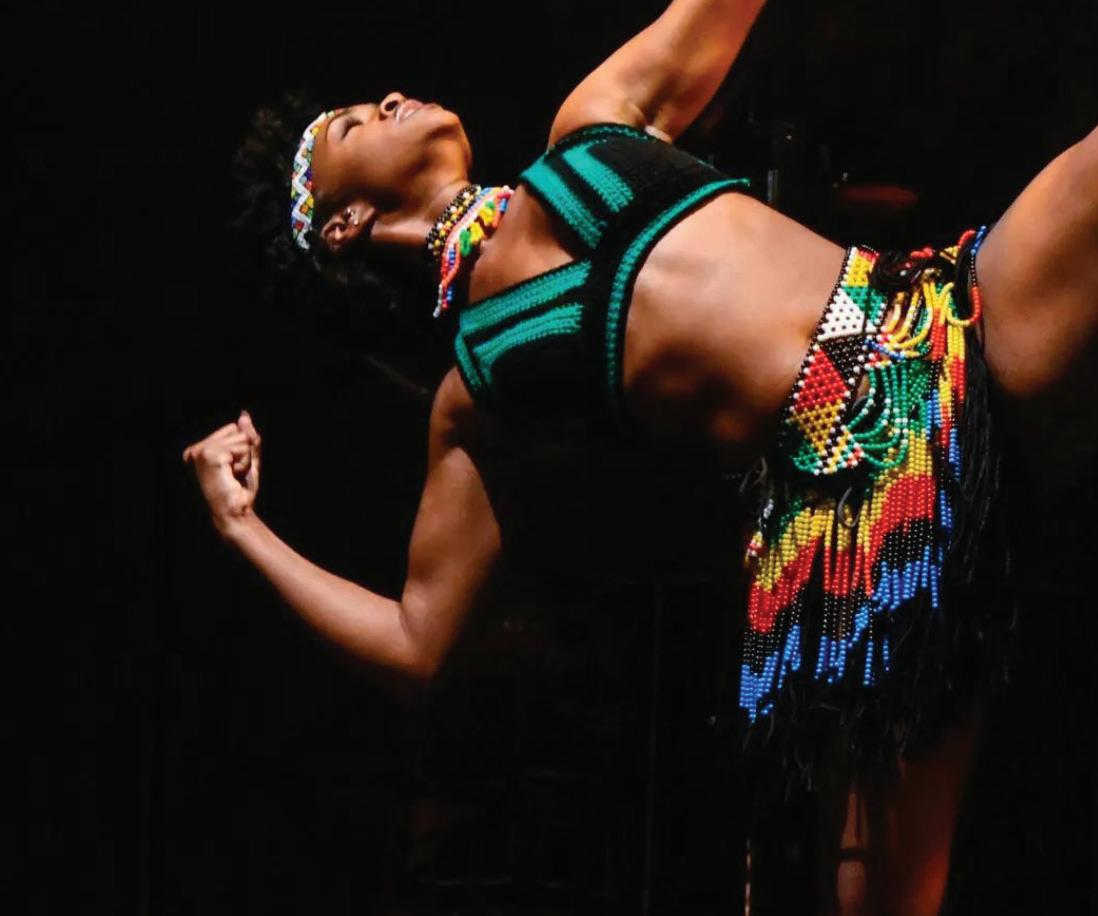
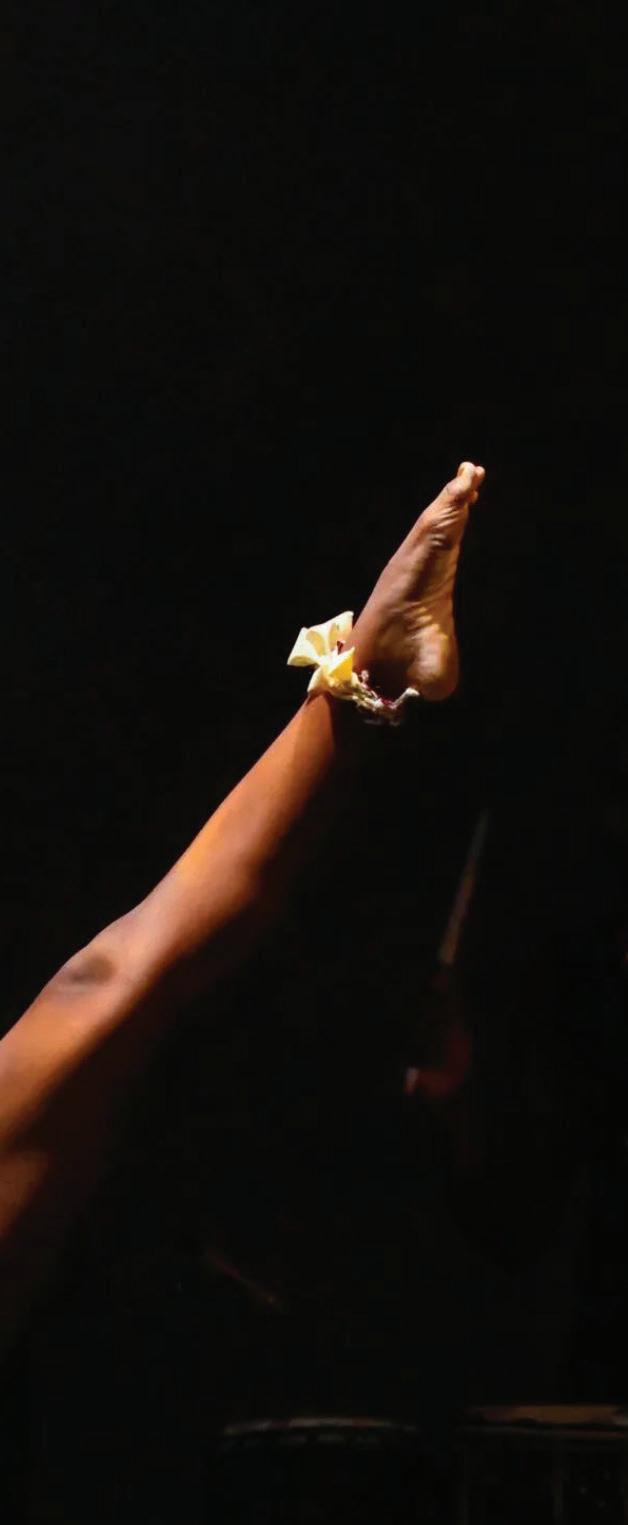
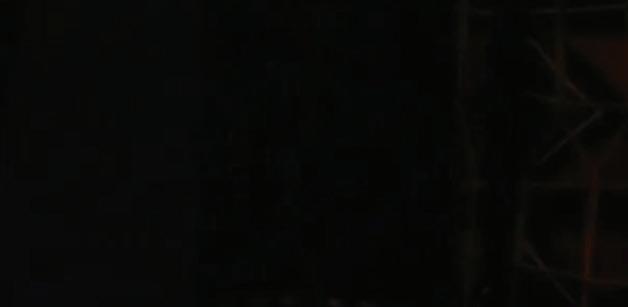

















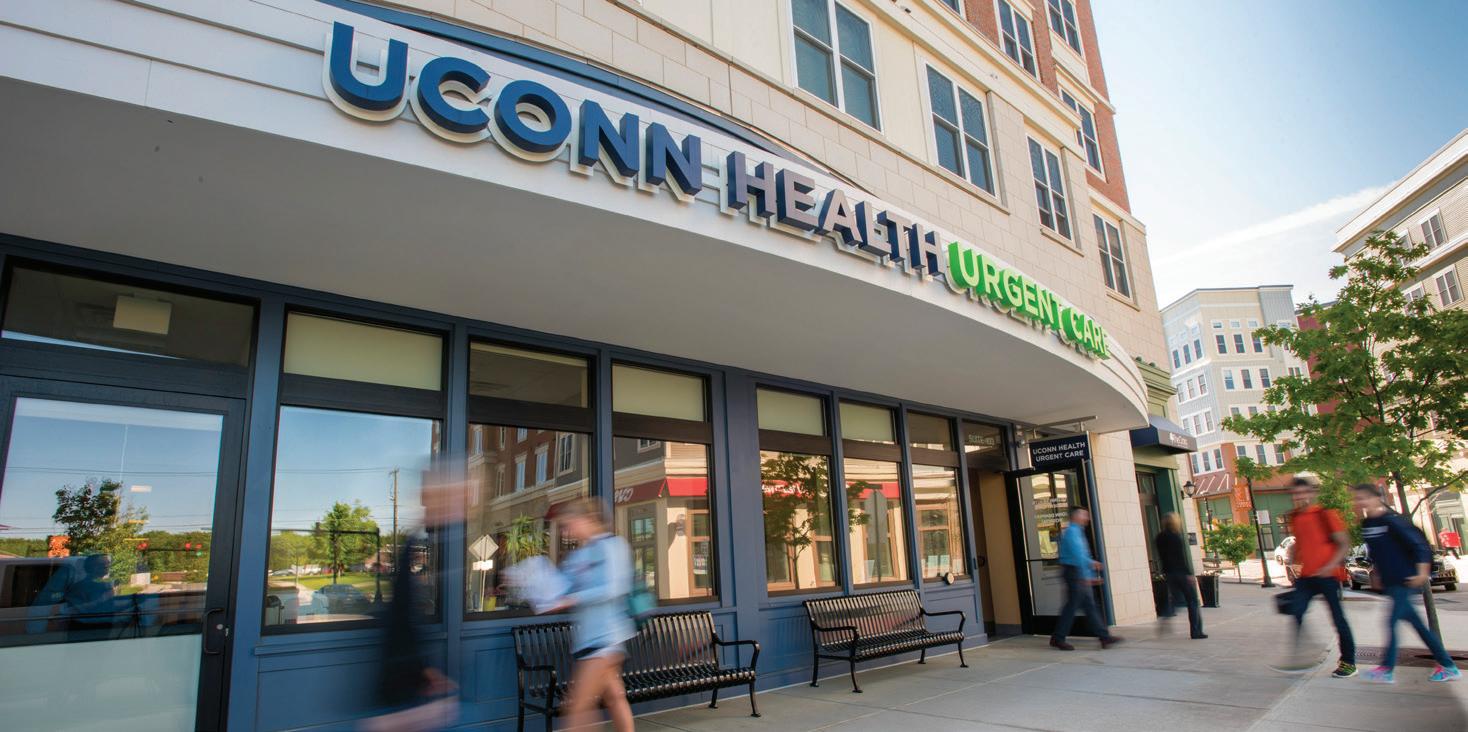
UConn Health offers primary and specialty care, dental services, and urgent care right in Downtown Storrs. We also have a Sports Medicine Walk-In Clinic for quick assessment and treatment of athletic injuries. Adjacent to our Storrs campus, our highly experienced and compassionate providers offer comprehensive medical care for you and your family.
Services in Storrs
Blood Draw
Cardiology
Dental Care
Dermatology
Family Medicine
OB/GYN
Orthopedics & Sports Medicine
Podiatry
Psychiatry
Radiology
Sleep Disorders
Urgent Care
Vascular Surgery
health.uconn.edu/storrs


Whether it’s exceptional dining in our signature eateries, special events, or personalized care you’re seeking, our luxury senior living community allows you to thrive. This is HarborChase. Come celebrate with us.





JANUARY
27 Step Afrika!

FEBRUARY
6 Imani Winds*
12 Sofia Philharmonic Orchestra
Christo Pavlov, Principal Conductor
16 BODYTRAFFIC
18 Erth’s Dinosaur Zoo Live
22
The King’s Singers: Legacies *
24 Purple xPeRIeNCE - Cabaret
28 Mnozil Brass* - Cabaret
MARCH
17 Giraffes Can’t Dance
19 Takács Quartet*
Marc-André Hamelin - piano

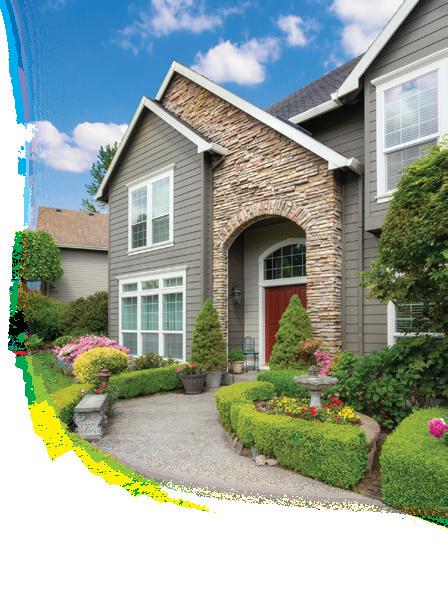
21 Nickel Creek
APRIL
3 Bennewitz Quartet*
12 Snarky Puppy - Cabaret
16 Ray Chen*
Julio Elizalde - piano
*The Lenard Chamber Music Series is made possible through the Lenard Chamber Music Endowment. Thanks to the Lenard Endowment, UConn students, non-UConn students, and youth under 18 are invited to attend all chamber events for free.
Tickets & information: jorgensen.uconn.edu
Note: all artists, events, dates, programs and policies are subject to change.
Jorgensen Front Cover: Step Afrika!


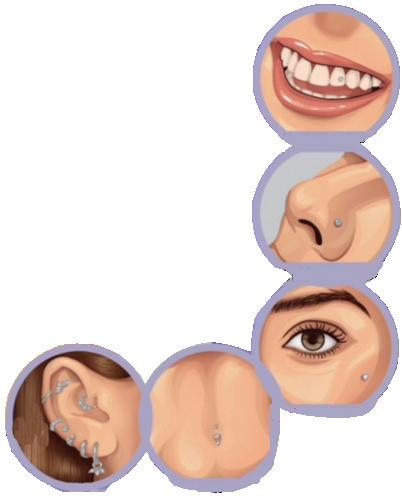


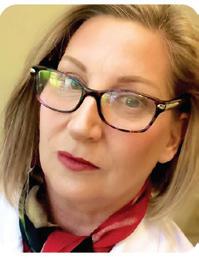




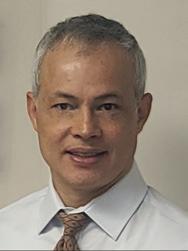
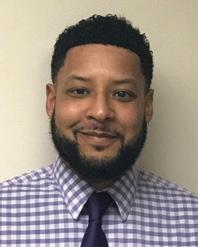




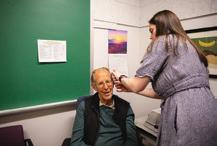


(860) 486-4226
jorgensen.uconn.edu
Hours Mon-Fri, 10-5 pm, and 90 minutes before curtain.
(860) 486-2113
crt.uconn.edu
Hours Mon-Fri, 11-1 pm, and 60 minutes before curtain.
Latecomers will be seated at the discretion of the artists’ management.
Strictly prohibited.
Not permitted within 25 feet of the building.
Tickets are required for everyone, no matter how young. Minimum 4 years old recommended for Jorgensen Center events and CRT productions.
For the safety of all, bags and backpacks larger than 10” x 10” are prohibited in the theater. Small bags and purses are permitted. An exception will be made for medically necessary items and diaper bags after proper inspection. All bags are subject to search.
Accessible rest rooms located in the lower Jorgensen & Katter lobbies. Elevator service from the main Jorgensen lobby down to the lower lobby only.
Free from the front office for Jorgensen and Katter Theatre productions.
Free hearing protection is available upon request from the front office.
Can be reported or picked up at each box office.
Enjoy refreshments at your seat. Bars located in the upper Jorgensen and main lobbies of each theater.
Call the respective box office for more information.
Located in the upper and lower Jorgensen lobbies and the Katter Theatre lobby.
Parking is available across from Jorgensen in the North Garage. For a detailed parking map, visit park.uconn.edu
The parking fee for Jorgensen events is now included as part of your ticket price. Patrons will no longer have to pay upon entry or exit in the North Garage. All gates have been removed and gateless parking begins one hour prior to showtime through the conclusion of each performance. Please note: this applies to North Garage only.
Hillside Road on the UConn Storrs campus is closed to vehicular traffic between Glenbrook Road and Jim Calhoun Way. Motorists who park in North Garage should access the garage by taking Discovery Drive or Glenbrook Road to the garage entrance on north Hillside Road.


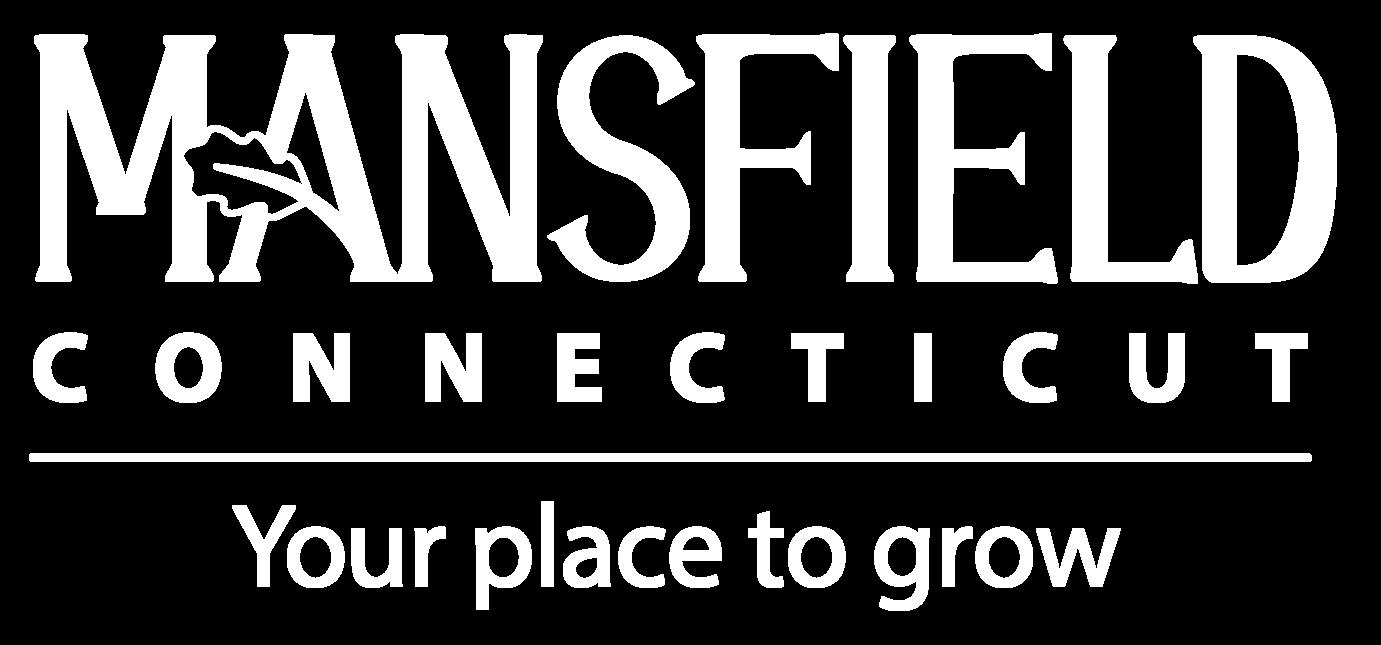


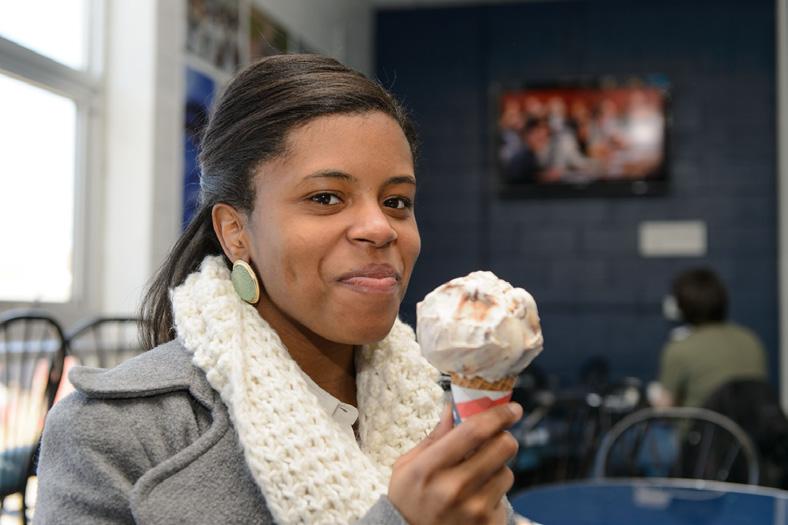
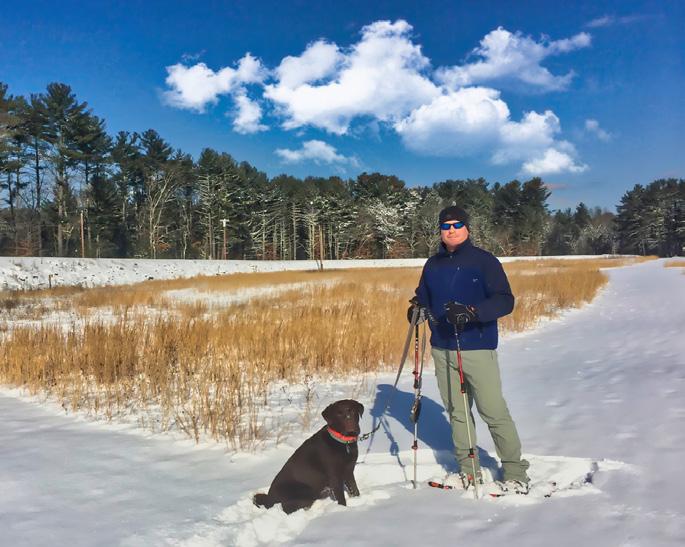



Tuesday, March 19, 2024, 7:30 pm
University of Connecticut School of Fine Arts
Alain Frogley, Interim Dean
Jorgensen Center for the Performing Arts
Rodney Rock, Director presents


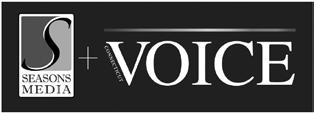

Seldy Cramer Artists, Inc
200 Lakeside Drive No 802, Oakland, CA 94612
http://www.seldycramerartists.com
“Italian Serenade”
Hugo WOLF (1860-1903)
Piano Quintet in A minor Florence PRICE (1887-1953)
I. Allegro non troppo
II. Andante con moto
III. Juba
IV. Scherzo — INTERMISSION —
Piano Quintet No. 2 in A major, Op. 81
I. Allegro ma non tanto
II. Dumka Andante con moto
III. Scherzo. Furiant.
IV. Finale. Allegro
Antonín DVOŘÁK (1841-1904)
The world-renowned Takács Quartet is now entering its forty-ninth season.
Edward Dusinberre, Harumi Rhodes (violins), Richard O’Neill (viola) and András Fejér (cello) are excited about the 2023-2024 season that features varied projects including a new work written for them. Nokuthula Ngwenyama composed ‘Flow,’ an exploration and celebration of the natural world. The work was commissioned by nine concert presenters throughout the U.S. July sees the release of a new recording of works by Samuel Coleridge-Taylor and Dvořák for Hyperion Records, while later in the season the quartet will release works by Schubert including his final quartet in G major. In the Spring of 2024 the ensemble will perform and record piano quintets by Price and Dvořák with long-time chamber music partner Marc-André Hamelin.
As Associate Artists at London’s Wigmore Hall the Takács will perform four concerts featuring works by Hough, Price, Janacek, Schubert and Beethoven. During the season the ensemble will play at other prestigious European venues including Berlin, Geneva, Linz, Innsbruck, Cambridge and St. Andrews. The Takács will appear at the Adams Chamber Music Festival in New Zealand. The group’s North American engagements include concerts in New York, Boston, Philadelphia, Baltimore, Washington DC, Vancouver, Ann Arbor, Phoenix, Berkeley, Los Angeles, Portland, Cleveland, Santa Fe and Stanford. The ensemble will perform two Bartók cycles at San Jose State University and Middlebury College and appear for the first time at the Virginia Arts Festival with pianist Olga Kern.
The members of the Takács Quartet are Christoffersen Fellows and Artists in Residence at the University of Colorado, Boulder. For the 23-24 season the quartet enter into a partnership with El Sistema Colorado, working closely with its chamber music education program in Denver. During the summer months the Takács join the faculty at the Music Academy of the West, running an intensive quartet seminar.
The Takács has recorded for Hyperion since 2005. Their recordings are available to stream at https://www.hyperion-streaming.co.uk In
2021 the Takács won a Presto Music Recording of the Year Award for their recordings of string quartets by Fanny and Felix Mendelssohn, and a Gramophone Award with pianist Garrick Ohlsson for piano quintets by Amy Beach and Elgar. Other releases for Hyperion feature works by Haydn, Schubert, Janáček, Smetana, Debussy and Britten, as well as piano quintets by César Franck and Shostakovich (with Marc-André Hamelin), and viola quintets by Brahms and Dvorák (with Lawrence Power). For their CDs on the Decca/London label, the Quartet has won three Gramophone Awards, a Grammy Award, three Japanese Record Academy Awards, Disc of the Year at the inaugural BBC Music Magazine Awards, and Ensemble Album of the Year at the Classical Brits. Full details of all recordings can be found in the Recordings section of the Quartet's website.
The Takács Quartet is known for its innovative programming. In 2021-22 the ensemble partnered with bandoneon virtuoso Julien Labro to premiere new works by Clarice Assad and Bryce Dessner, commissioned by Music Accord. In 2014 the Takács performed a program inspired by Philip Roth’s novel Everyman with Meryl Streep at Princeton, and again with her at the Royal Conservatory of Music in Toronto in 2015. They first performed Everyman at Carnegie Hall in 2007 with Philip Seymour Hoffman. They have toured 14 cities with the poet Robert Pinsky, and played regularly with the Hungarian Folk group Muzsikas.
In 2014 the Takács became the first string quartet to be awarded the Wigmore Hall Medal. In 2012, Gramophone announced that the Takács was the first string quartet to be inducted into its Hall of Fame. The ensemble also won the 2011 Award for Chamber Music and Song presented by the Royal Philharmonic Society in London.
The Takács Quartet was formed in 1975 at the Franz Liszt Academy in Budapest by Gabor Takács-Nagy, Károly Schranz, Gabor Ormai and András Fejér, while all four were students. The group received international attention in 1977, winning First Prize and the Critics’ Prize at the International String Quartet Competition in Evian, France. The Quartet also won the Gold Medal at the 1978 Portsmouth and Bordeaux Competitions and First Prizes at the Budapest International String Quartet Competition in 1978 and the Bratislava Competition in 1981. The Quartet made its North American debut tour in 1982. Members of the Takács Quartet are the grateful beneficiaries of
an instrument loan by the Drake Foundation. We are grateful to be Thomastik-Infeld Artists.
As first violinist of the Takács Quartet Edward Dusinberre has won a Grammy and awards from Gramophone Magazine, the Japanese Recording Academy, Chamber Music America and the Royal Philharmonic Society. Combining an international career with his longstanding appointment as Artist-in-Residence at the University of Colorado in Boulder, Dusinberre performs as a member of the Takács in the U.S., United Kingdom, Europe and Asia, and is an Associate Artist at London’s Wigmore Hall.
Dusinberre’s first book, Beethoven for a Later Age: The Journey of a String Quartet, melded music history and memoir to illuminate the circumstances surrounding the composition of Beethoven’s quartets and the Takács Quartet’s experiences playing this music. For this work Dusinberre won the Royal Philharmonic Society’s 2016 Creative Communication Award: ‘Few have told so well of the musician’s life, or offered such illuminating insights to players and listeners alike.’ In June 2020 Dusinberre and the Takács were featured in the BBC television series Being Beethoven. Dusinberre’s latest book Distant Melodies: Music in Search of Home was published by Faber and The University of Chicago Press in 2022.
Harumi Rhodes is the second violinist of the internationally renowned Takács Quartet, performing 80 concerts a year worldwide. Acclaimed by the New York Times as a “deeply expressive violinist”, Rhodes has gained recognition as a multifaceted musician with a distinctive musical voice. She is Associate Professor of Violin, Artist in Residence and Ralph E. and Barbara L. Christoffersen Faculty Fellow at the University of ColoradoBoulder. Rhodes combines her performing career with a passionate commitment to guiding young instrumentalists, composers, and chamber ensembles.
Rhodes has a vision for commissioning and programming contemporary music: her partnerships with composers of today
have resulted in over 100 premieres. This season Clarice Assad wrote a three-movement suite for violin and piano Constelación that she recorded with Rhodes for Yarlung Records. With composer Gabriela Lena Frank, Rhodes co-directed the inaugural 2021-22 season of the Virtual Artist Partnership Program (VAPP). This collaboration between the Rhodes violin studio at CU-Boulder and Gabriela Lena Frank’s Creative Academy of Music (GLFCAM) resulted in eight new solo works for violin. Jungyoon Wie composed a new violin duo Dan Poong for Rhodes and Edward Dusinberre. Recent concerto performances include Joseph Bologne Violin Concerto No 9 and Mozart’s Sinfonia Concertante (with violist Richard O’Neill) with ProMusica Chamber Orchestra Colorado, as well as Florence Price Violin Concerto No. 2 with the West Texas Symphony.
As a member of the Takács Quartet, Rhodes has shaped the Graduate String Quartet Residency at the University of Colorado. At the Music Academy of the West, Santa Barbara, Rhodes leads an intensive summer string quartet seminar with the Takács Quartet. For the 23-24 season Rhodes is coordinating a partnership between Takács and El Sistema Colorado, working closely with its chamber music education program in Denver. Rhodes serves as Artistic Director of the Denver/Boulder branch of “If Music Be The Food…”, a concert series designed to build partnerships through music in order to raise awareness for food insecurity in local communities.
Originally from New Jersey, Rhodes was born into a family with Japanese, American, Russian and Romanian roots. After studying at the Juilliard School and the New England Conservatory, she cofounded the Naumburg Award-winning ensemble Trio Cavatina, served as artist member of the Boston Chamber Music Society and performed extensively with Music from Copland House, the Chamber Music Society of Lincoln Center, the East Coast Chamber Orchestra (ECCO), Orpheus Chamber Orchestra, and Musicians from Marlboro.
András Fejér, cello
András Fejér (cello) was born in 1955 into a musical family. His father was a cellist and conductor, and his mother was a pianist.
He began playing the cello at the age of seven, because as legend has it, his father was unwilling to listen to a violin-upstart practicing. Since an early age, his parents have held string quartet weekends, which, for the young cellist were the most memorable of occasions, if not for the music, then for the glorious desserts his mother used to prepare for those sessions.
After attending a music high school, Mr. Fejér was admitted to the Franz Liszt Academy of Music in 1975, where he was a pupil of Ede Banda, András Mihály, Ferenc Rados and György Kurtág. That same year he founded the Takács String Quartet with three fellow classmates. Although the quartet has been his sole professional focus since then, he does perform as a soloist occasionally as well.
Mr. Fejér is married to a literature teacher. They have three children and live in the Rocky Mountains where they enjoy year-round sunshine in beautiful Boulder, Colorado. When he is not on tour he enjoys reading, photography, tennis and hiking.
Richard O’Neill, viola
Violist of the Takács Quartet, Richard O'Neill, has distinguished himself as one of the great instrumentalists of his generation.
GRAMMY Award winner for Best Classical Instrumental Solo Performance in 2021, O'Neill is only the second person to receive an award for a viola performance in the history of this category. Following two previous GRAMMY nominations, O'Neill's recent win for his recording of Christopher Theofanidis’ "Concerto for Viola and Chamber Orchestra" also spotlights conductor David Alan Miller and the Albany Symphony. Theofanidis’ composition was inspired by Navajo poetry and the composer’s psychological response to the September 11 attacks.
Also an EMMY Award winner and Avery Fisher Career Grant recipient, O'Neill has appeared as soloist with the world’s top orchestras including the London, Los Angeles, Seoul Philharmonics, the BBC, Hiroshima, Korean Symphonies, the Kremerata Baltica, Moscow, Vienna and Wurtemburg Chamber Orchestras, Alte Musik Koln, and has worked with distinguished musicians and conductors including Andrew Davis, Vladimir
Jurowski, Francois Xavier Roth and Yannick Nezet-Seguin. An Artist of the Chamber Music Society of Lincoln Center and Principal Violist of Camerata Pacifica, for thirteen seasons he served as Artistic Director of DITTO, his South Korean chamber music project, leading the ensemble on international tours to China and Japan and introducing tens of thousands to music.
A Universal Music/Deutsche Grammophon recording artist, he has made 10 solo albums and many other chamber music recordings, earning multiple platinum discs. Composers Lera Auerbach, Elliott Carter, Paul Chihara, John Harbison and Huang Ruo have written works for him. He has appeared on major TV networks in South Korea and enjoyed huge success with his 2004 KBS documentary ‘Human Theater’ which was viewed by over 12 million people, and his 2013 series ‘Hello?! Orchestra’ which featured his work with a multicultural youth orchestra for MBC and led to an International Emmy in Arts Programming and a feature length film.
He serves as Goodwill Ambassador for the Korean Red Cross, The Special Olympics, UNICEF and OXFAM, and serves on the faculty of the Music Academy of the West in Santa Barbara.
“A performer of near-superhuman technical prowess” (The New York Times), pianist Marc-André Hamelin is known worldwide for his unrivaled blend of consummate musicianship and brilliant technique in the great works of the established repertoire, as well as for his intrepid exploration of the rarities of the 19th, 20th, and 21st centuries. He regularly performs around the globe with the leading orchestras and conductors of our time, and gives recitals at major concert venues and festivals worldwide.
Highlights of Mr. Hamelin’s 2023–2024 season include a vast variety of repertoire performed with the Philharmonisches Orchester Hagen (Beethoven’s Piano Concerto No. 3), Netherlands Radio Philharmonic (Reger’s Piano Concerto), and Los Angeles Chamber Orchestra (music by Franck and Boulanger). Recital and chamber music appearances take Mr. Hamelin to Prague, Poland, Oslo, Hamburg’s Elbphilharmonie, London’s Wigmore Hall, Amsterdam’s Muziekgebouw, Portland Piano International, Cleveland Chamber Music Society, Cliburn Concerts and Brevard Music Center
with Johannes Moser, and across the U.S. with the Takács Quartet. Festival appearances include Tanglewood, Le Festival de Lanaudière, Grand Teton Music Festival, Tuckamore Festival, Schubertiade, and Rockport Chamber Music Festival.
Mr. Hamelin is an exclusive recording artist for Hyperion Records, where his discography spans more than 70 albums, with notable recordings of a broad range of solo, orchestral, and chamber repertoire. In September 2023, the label releases Mr. Hamelin’s recording of Fauré’s Nocturnes and Barcarolles, including a short four-hand suite, played with his wife, Cathy Fuller. In 2022, he released both a two-disc set of C. P. E. Bach’s sonatas and rondos and a two-disc set of William Bolcom’s complete rags that both received wide critical acclaim.
Mr. Hamelin has composed music throughout his career, with over 30 compositions to his name. The majority of those works—including the Etudes and Toccata on “L’homme armé,” commissioned by the Van Cliburn International Piano Competition—are published by Edition Peters. Mr. Hamelin performed his Toccata on “L’homme armé” along with music by C.P.E. Bach and William Bolcom on NPR’s Tiny Desk in 2023. His most recent work, his Piano Quintet, was premiered in August 2022 by himself and the celebrated Dover Quartet at La Jolla Music Society.
Mr. Hamelin makes his home in the Boston area with his wife, Cathy Fuller, a producer and host at Classical WCRB. Born in Montreal, he is the recipient of a Lifetime Achievement Award from the German Record Critics’ Association, and has received 7 Juno Awards, 11 Grammy nominations, and the 2018 Jean Gimbel Lane Prize in Piano Performance from Northwestern University’s Bienen School of Music. In December 2020, he was awarded the Paul de Hueck and Norman Walford Career Achievement Award for Keyboard Artistry from the Ontario Arts Foundation. Mr. Hamelin is an Officer of the Order of Canada, a Chevalier de l’Ordre national du Québec, and a member of the Royal Society of Canada.
Tuesday, March 19, 2024, 7:30 pm
Jorgensen Center for the Performing Arts
Italian Serenade. . . Hugo Wolf
(Born March 13, 1860, in Windischgrätz, Styria (now Slovenia); died February 22, 1903, in Vienna, Austria)
Posterity rightly treasures Hugo Wolf as a great master of German song because he composed around three-hundred Lieder in which music and poetry are more intimately joined than they had been in the work of any composer since Schubert. Wolf adored Wagner, detested Brahms, and was a close friend of his conservatory classmate, Mahler. Among his works are an opera, music for the theater, a few choral compositions, and a handful of instrumental pieces of which the frequently performed and recorded Italian Serenade is his finest.
Wolf worked briefly as a conductor but found the labor uncongenial. For a few years, he was an influential and strongly partisan critic, but he devoted himself to composition in a concentrated effort that produced, in a short time, settings of fifty Goethe poems and fiftythree by Mörike. In 1897, in one of his spasmodic explosions of emotional energy, which until then had resulted in a fury of musical creation, he broke down completely and entered a mental hospital. Except during a brief remission in his condition in 1898, he remained hospitalized for the rest of his life.
In three days of May 1887, Wolf composed the work now known as his Italian Serenade for string quartet. It is a brilliant, sparkling movement that is really a fragment of a larger composition that was never completed — an extended, developed instrumental work that refused to take shape as spontaneously as a song. He worked on it over a period of years and re-scored it in 1892 for small orchestra with a prominent part for solo viola, but he could never get very far on the additional three movements he originally wanted to add to it. Wolf had originally intended for this serenade to be the beginning of an orchestral suite, but fragments of two other movements were all he completed because there were frequent intervals when he could not write that were caused by his increasingly occurring periods of mental instability. Both the original quartet version and the arrangement, edited by the composer Max Reger, were published posthumously in 1903. The work was premiered in 1904 when both the original string quartet version and the orchestral version were performed.
The Italian Serenade, a name by which Wolf began to refer to the piece a few years after composing it, is a supple, episodic, intricately written work that is very demanding to play. Many commentators attest that it is an elegant evocation of guitars and of sad and glad songs and stories that finally fade away into softness. The music is distantly related to that of one of Wolf’s song settings of a Joseph Eichendorff poem. Eichendorff wrote a short work of fiction Aus dem Leben eines Taugenichts (“From the Life of a Ne’er-Do-Well”), in which an Italian serenade played by a small orchestra is an important element of the plot; it, too, might have influenced Wolf. The opening pizzicatos have been likened to the sound of a guitar being tuned, and the cello’s part to that of the voice of a young lover.
The Italian Serenade, in rondo form, proceeds quickly, but without losing its overall languorous feel or its light-hearted ebullient spirit.
Piano Quintet in A minor . . . Florence Price
(Born April 9, 1887 in Little Rock, Ark.; died June 3, 1953, in Chicago, Illinois)
The early 20th-century African-American composer Florence Price spent her professional career in Chicago, where, because of her extraordinary musical talent and her family’s affluence, she was able, notwithstanding her race and her gender, to study at the Chicago Musical College and the American Conservatory. She also enrolled at the New England Conservatory in Boston, where she majored in organ and piano. After graduating with two degrees, she worked as a college professor, a church organist, and a theater accompanist; however, she is best remembered as the first African-American woman to have a symphony performed by a major American orchestra. In 1933, the Chicago Symphony Orchestra played her Symphony in E minor. That orchestra also premiered her Piano Concerto the following year.
Contralto Marian Anderson brought her historic 1939 concert at the Lincoln Memorial to its conclusion with Price’s “My Soul’s Been Anchored in the Lord.” Since then, Price’s art songs and spiritual settings have been favorites of artists who specialize in AfricanAmerican concert music.
During the 1930’s, musicians all over the U.S. suffered from the effects of the Depression, partly because the rise of radio in the ‘20’s had decreased opportunities for performing musicians. Sound film, beginning at the end of the ‘20’s made musicians’ work in movie theaters become obsolete. In fact, between 1929 and 1934, 70% of America’s musicians became unemployed, and it was not until the WPA (the Works Projects Administration) began that musicians, and especially Black musicians, received some relief. Some of Price’s most important works were composed during the WPA years, a time when the African-American nationalist movement in music became predominant. Music groups sponsored by the WPA in Illinois and
Michigan performed some of Price’s longer works. Overall, Price wrote more than 300 musical compositions.
In 2009, in the attic of an abandoned house in Illinois, property developers discovered several works that Price composed. Included in the music that was found was the score of the Piano Quintet in A minor. The date of its composition is not known.
Price always found ways to include African American rhythms, structures, and melodic ideas in her music. She was invested in giving her work an imprint of her cultural identity, and said, “It seems to me to be… impossible to conceive of Negroid music devoid of the spiritualistic theme on the one hand and strongly syncopated rhythms of the juba on the other.” In describing her work, she actually referred to it as having “a very beautiful and very American sound.”
Typical of Price’s music with its vibrance, authenticity, and even its accessibility, this quintet is replete with gorgeous melodies, charm, and excitement. Price’s musical style incorporates elements of 19th century romanticism. It is tonal with frequent modulations; her inclusion of counterpoint is reminiscent of late-romanticism, especially traceable to the influence of the music of César Franck. Although in some ways the work is characteristically conservative in its lateromantic idiom, at the same time, it unquestionably celebrates Price’s African-American heritage with echoes of spirituals and hymns, as well as, in the third movement, the African dance, Juba.
In this quintet, Price also quotes from her own music in excerpts from her Sonata No. 1 for organ, her art song, “Words for a Spiritual,” and her Symphonies 1 and 3. In addition, she may have self-quoted other music that cannot be identified because it was taken from now-lost sources because many of her manuscripts were either lost or inadvertently destroyed. She skillfully shows her understanding of Western and African American traditions and forms that allowed her to intertwine music of more than one culture, creating new forms that grow from her own American experience.
The first movement, Allegro non troppo, has a novel form in which Price combines music of African American tradition with that of French Romantic symphonic organ traditions. Price quotes motivic material from her own Sonata #1 for organ from 1927, modeled after the French organ tradition evident in Guilmant’s Organ Sonata #1 of 1875, which she had performed for the composer when she was a student. Some of her music in this opening movement closely resembles the music of Guilmant, but the movement also includes a plethora of folk-like lyrical melodies that soon are subjected to development. Many lyrical thematic lines are incorporated in the movement; the final one, which the first violin and the viola introduce, uses elements of Price’s cultural background in gospel and folk music. In canonic episodes, she quotes her own art song “Words for a Spiritual,” which she composed in 1948. The harmonies she uses, here and again in the slow second movement, are richly Romantic. What is most fascinating is that she interestingly places passages that include harmonies reminiscent of those of Chausson and Franck alongside music that has distinctly African-American roots, weaving the two cultural traditions together.
The second movement, Andante cantabile, is also lyrical and begins in the minor tonality with an overarching feel of tragedy and sadness. Eventually, a more confident mood is sounded. The harmonies here are again richly romantic while Price’s original melodic lines evoke the sounds of spirituals. The movement ends softly.
The main theme of the third movement, Juba, the most obviously African American movement in the quintet, follows the style of a Juba dance or hambone, a popular, lively African dance that was transported to the slave plantations of the American South. Juba is a dance that is rhythmically focused, and all the themes in the movement are in a call and response pattern. Its performance involves body-slapping, foot-stomping, and hand-clapping; Price’s version is more a polite, courteous, and proud dance, well-measured, crisp, and in a moderate tempo with light and playful qualities.
Price also had used the Juba in her Symphony Nos. 1 and 3. Overall, the movement openly references African cultural origins that inform the other movements in less direct ways.
The aggressive Scherzo, the final movement, opens with quick triple rhythms. Many ideas are articulated, as the music drives ahead with great momentum. In the center of the movement, some brief solo interchanges among the quartet lead to a brief pause before a recapitulation of the finale’s opening music. With a kind of a perpetual motion, the music’s momentum powers a cheerful, vigorous close with a theme that contains a triplet figure and a pentatonic scale.
Quintet for Piano and Strings in A Major, Op. 81. . . Antonin Dvořák (Born September 8, 1841, in Nelahozeves, Bohemia (now Czech Republic); died May 1, 1904 in Prague)
The father of Antonin Dvořák was a village innkeeper and butcher who hoped to pass his trade on to his son, but the young man turned instead toward music, studied the violin and organ, and at sixteen, left home for further musical education in Prague. Five years later, he joined the orchestra of the National Theater, playing the viola (which in those days was the instrument of failed violinists), and soon began to test his creative powers with extended compositions in the classical forms.
Chamber music had an important place in Dvořák’s life, and many of his earliest works were quartets and quintets, modeled after those of Beethoven and Schubert that he played with his colleagues and friends while developing his craft. Among them is the Piano Quintet that he wrote early in 1872 and called Op. 5, but since it was clumsy in construction as well as much too long and drawn out, he did not allow it to be published during his lifetime. In 1875, Brahms had “discovered” Dvořák, and the elder composer opened the way for the great career Dvořák was to have.
Dvořák did return to this work just before composing Op. 81, deciding to revise it, but hesitated to try to have it published as he still was not content with his results. Perhaps his struggle and subsequent disappointment with the earlier work motivated his return to the quintet form. In any case, it is most successful and melds Dvořák’s own lyrical mature style with elements he chose to incorporate from Czech folk music. The folk music appears in the style of the music but not in any quoted folksongs. All the themes or melodies are Dvořák’s own.
In 1887, Dvořák composed this mature and masterful Piano Quintet in Major, Op. 81, which, with those of Brahms (Op. 34, 1864) and Schumann (Op. 44, 1842), forms a trilogy of quintet masterpieces. One of the finest works of Dvořák’s fruitful years, this delightful music flows with joyous inspiration, brilliantly written for the instruments, and it is gratifying to both performer and listeners.
Dvořák based the first movement, Allegro ma non tanto, on two beautiful Czech-flavored themes that contrast but are related musically in such a way that elements from them gracefully intermingle as the music develops. Journeys into minor tonality indicate emotional volatility and a variety of moods.
The second movement, Andante con moto, is a dumka (a type of instrumental music involving sudden changes from melancholy to exuberance) modeled after the Slavonic folksong form that he uses in much of his best chamber music. It is generally slow and melancholy in character, but sometimes also experiences sudden changes of mood, as in this movement’s Vivace section.
Dvořák calls the third movement a Scherzo: Furiant, the latter of which is the name of the Czech folk dance to which it bears a distant but detectable resemblance. We hear it now more as a lively, vigorous Schubertian waltz. The quintet ends with an Allegro Finale in which elegantly contrapuntal passages hardly slow the rise of the composer’s high spirits which build to the jubilant close.
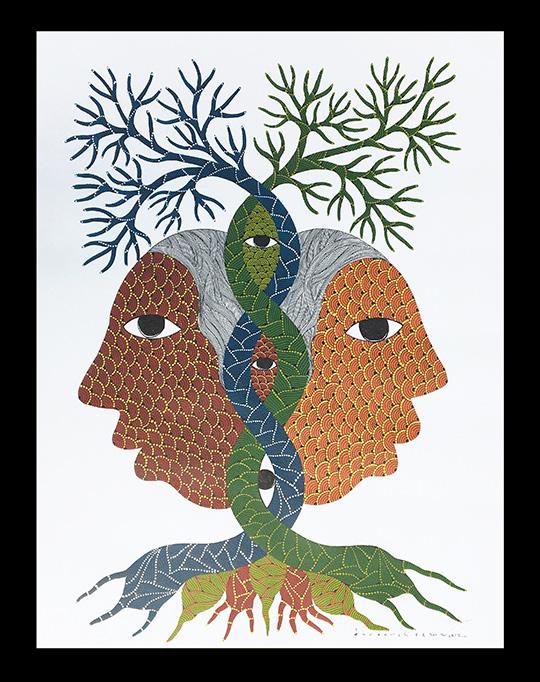
“Everyday Extraordinary – Researching, Collecting and Living with Indian Art”
Curated by Kathryn Myers, Professor of Art, Department of Art and Art History, UConn SFA
February 2 – March 22, 2024
Featured: “Creation” by Venkat Singh Shyam, acrylic on paper, 2012

April 6 – April 24, 2024
Opening Reception: Fri, Apr 5, 4:30-8:00 pm
Opening Night Screenings: Fri, Apr 5, Jorgensen Auditorium
3:00 - 4:30 pm - Screening #1
6:30 - 8:00 pm - Screening #2
SPRING GALLERY HOURS: Mon - Fri, 10 am - 4 pm
Prior to performances and most intermissions





Deadline: Friday, June 7, 2024
Now entering its seventeenth year, the JOY! Conservatory Program provides full scholarships and unique educational opportunities for talented and highly motivated young musicians who sing, play an instrument, or are interested in music composition, through a competitive application and audition process.
During the academic year, students accepted into the JOY! Conservatory Program participate in a rigorous course of study that may include:
• Weekly instrumental/vocal lessons with private teacher of choice or one school year.
• When available, the opportunity for instruction and participation in master classes and ensemble coachings.
• The opportunity to perform in a JOY! Conservatory recital.
Students enrolled in the JOY! Conservatory Program also have the opportunity to attend select professional performances, concerts, recitals, and master classes, at Jorgensen Center for the Performing Arts and the UConn School of Fine Arts in Storrs at no cost.
For application and audition information, please visit the JOY! Conservatory Application page on our website: jorgensen.uconn.edu
For questions or more information, please contact: Dr. Ryan Burns JOY! Conservatory Program Coordinator
joyprogram@uconn.edu
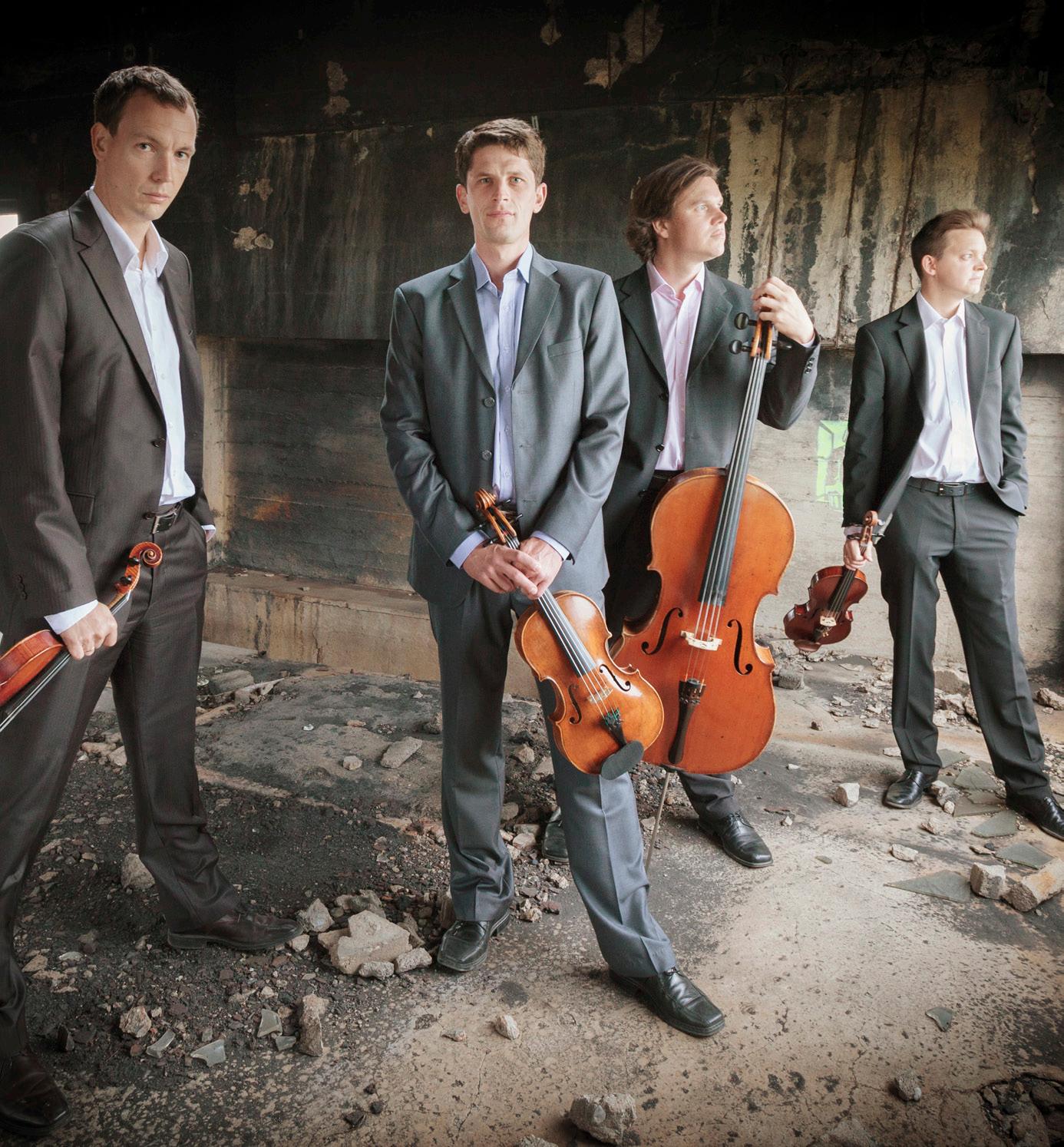



“Ray
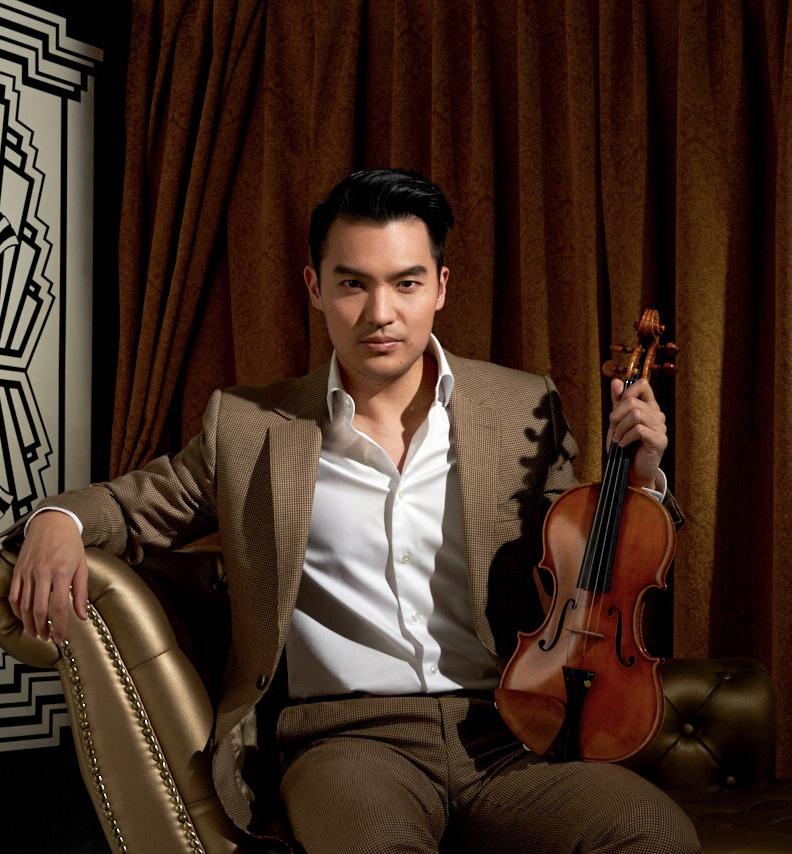
can
pretty much anything he wants on the
-



Jorgensen Center for the Performing Arts
2023 - 2024 Co-Chairs: Jane Moskowitz & Ruth Buczynski $750 per person, $1,500 per couple
Elena Sevilla & Paul Aho
Mona & Greg Anderson
Marianne Barton
Deborah Walsh Bellingham
In Memory of Dr. Bruce A. Bellingham
Honey & Harry Birkenruth
Ruth Buczynski
Carol Colombo
In Memory of
Maurice Thompson
Susan & John DeWolf
Stan & Sandy Hale
Judy & Peter Halvorson
Patricia Hempel
Shareen Hertel & Donald Swinton
Jan Huber
Lynn & Harry Johnson
Blair T. Johnson & Blanche Şerban
Janet & George Jones
Lin & Waldo Klein
James Knox
Ann Kouatly
Becky & Scott Lehmann
Jean & John Lenard
Gene Likens & Leola Spilbor
Margarethe & Matthew Mashikian
Antonia Moran
Jane & Robert Moskowitz
Constance & Rodney Rock
Nancy & John Silander
Beverly Sims & William Okeson
Winthrop Smith
In Memory of Anne K. Smith
Michael & Susan Zito
The CoStars is a special group of volunteers who generously donate not only $750 per person, but also their talent and time. The invaluable CoStars support Jorgensen through community advocacy by creative fund-raising activities, and by hosting pre- and post-concert receptions that often feature world-class luminaries. The CoStars have been instrumental in the purchase of the new portable chamber stage and acoustical shell, a new Steinway Model D Concert Grand Piano, funding the JOY! Conservatory Program, the installation of the exterior Jorgensen message center, the renovation of the Jorgensen Gallery, and continued support of Jorgensen programming. By becoming a CoStar, you’ll join with other vibrant, thoughtful and devoted arts lovers who have made Jorgensen’s success a priority.
CoStars receive an honorary membership in the Jorgensen Circle of Friends at the Producers Circle level. Benefits include early ticket ordering privileges for one full year from the date of enrollment; reserved lower-level parking in the North Garage, providing a speedier exit after each Jorgensen event; and recognition in the Jorgensen playbill.
CoStar members receive an exclusive invitation to attend the Annual Sneak Peek hosted by Jorgensen Director Rodney Rock. This party offers attendees an exciting preview of the coming season – prior to the public announcement. Join the CoStars and be the first to know what’s new!
If you are interested in becoming a CoStar, please contact Rodney Rock at 860-486-1983, or by e-mail at rodney.rock@uconn.edu.
We invite you to join Jorgensen’s Circle of Friends, a group of generous arts supporters who over the years have made vital contributions to Jorgensen’s special projects, commissioned works, and interior restorations. Your membership in the Circle of Friends entitles you to early ticket ordering privileges for one full year from the date of your enrollment; you will be recognized in the Jorgensen Playbill; and if you contribute at the Directors or Producers Circle levels, you will enjoy reserved parking in the North Campus Parking Garage for each Jorgensen performance you attend.
Please consider making your tax-deductible donation and become a Circle of Friends member today. Simply call 860-486-4226 for more information.
Jorgensen Center for the Performing Arts gratefully acknowledges the support of its Friends.
Producers Circle
$500/person
$1,000 & above/couple
Elena Sevilla & Paul Aho*
Mona & Greg Anderson*
Marianne Barton*
Deborah Walsh Bellingham*
In Memory of Dr. Bruce A. Bellingham*
Honey & Harry Birkenruth*
Lynn Brown
Ruth Buczynski*
Carol Colombo*
In Memory of Maurice Thompson*
Michael Cucka
Susan & John DeWolf*
Ms. Joan N. Gionfriddo
Stan & Sandy Hale*
Judy & Peter Halvorson*
Patricia Hempel*
Shareen Hertel & Donald Swinton*
Jan Huber*
Lynn & Harry Johnson*
Blair T. Johnson & Blanche Şerban*
Janet & George Jones*
Lin & Waldo Klein*
James Knox*
Ann Kouatly*
Becky & Scott Lehmann*
Jean & John Lenard*
Gene Likens & Leola Spilbor*
Margarethe & Matthew Mashikian*
Antonia Moran*
Jane & Robert Moskowitz*
Craig & Karen Nass
Barbara Rhein & Stan Shaw
Constance & Rodney Rock*
Stella Ross & Eric Schultz
Cheryl A. & Mark J. Roy
Nancy & John Silander*
Beverly Sims & William Okeson*
Winthrop Smith*
In Memory of Anne K. Smith*
Dana Wilder
Keith Wilson & Marjorie Hayes
Karen Zimmer & Roger Ingraham
Michael & Susan Zito*
*Members of the Jorgensen CoStars
Directors Circle
$250/person, $500/couple
Anonymous
Keith & Paula Enderle
Mr. David Johnson
David & Carol Jordan
Tom Martin & Susan Spiggle
Steven & Barbara Rogers
Ms. Joanne Sousa
Ms. Nancy A. Swiacki
In honor of Janina W. Swiacki & Nancy A. Swiacki
Artists Circle
$125/person, $250/couple
Pat Anderson
Dorothy Blocker
Bennett & Linda Brockman
Dr. & Mrs. Steven & Elaine Cohen
M. Kevin & Jeanne Fahey
Betty Hale
Betty & Ken Hanson
Ms. Cathy Jameson & Ms. Renee Fournier
Mary Lacek & Neil Aldin
Gerald & Zoe Leibowitz
Carl Nawrocki
Len Oberg
Bonnie Ryan
Harriet Walker
Patrons Circle
$50/person, $100/couple
Anonymous
Roger & Cynthia Adams
Ms. Sandra Albom
Susan & John Boland
Irene & Richard Brown
Anne-Marie Campbell
Kevin Conklin
Paul D’Italia
Mary & Michael Donnelly
Dr. & Mrs. Ed & Susan Grace
Peter Jacques
Richard & Karin James
Col. & Dr. Leonard & Judith Kaplan
Art Kirschenbaum & Cheryl Pomerantz
Yves & Carol Kraus
Donald Kray
Shoshana Levinson & Chris Crossgrove
Julia J. & Carl W. Lindquist, MD
Robin Lubatkin
Kelly Olander
Susan Phillips
Edith Posselt
Yvonne & Joseph Prudente
Mrs. Laura T. Raccagni
Mr. & Mrs. Eric A. Santini
Jacqueline Seide
Paul & Annette Shapiro
Dr. Jay S. Shivers
Susan Stoppelman
Jamie Summers
Jeremy Teitelbaum
Adeline Theis
Ms. Susanna Thomas
Shirley Waldron
Critics Circle
$25/person, $50/couple
Joyce Armstrong
Ms. Joyce Donohoo
Howard & Carol Drescher
Drs. Rebecaa & Jacob Earp
Mrs. Joy Favretti
Margaret & Peter Files
Mrs. Audrey Gough
Wendy Leclair
Mr. & Mrs. Joseph Linonis
Mr. & Mrs. Wesley & Mary Lord
Mr. & Mrs. Joseph Madar
Donna Matulis
John H. Mayer & Irwin M. Krieger
Mr. & Mrs. Alan Miller
Robert G. Paris
Sari & James Rosokoff
Mrs. Pamela Sutkaitis
Patricia Tanaka
Denise Winland
Director’s Fund
Honey & Harry Birkenruth
Diane & Joseph Briody
Jo & George Fox
Mr. Thomas French & Dr. Carol Norris
Marsha Hilsenrad
Lin & Waldo Klein Fund
Ann Kouatly
NICABM
Jennifer Person
The Endowed Sponsorship Program provides individuals and families with the opportunity to support Jorgensen by sponsoring any concert or other program. Benefits to Endowed Sponsors will include name recognition in the Jorgensen playbill, additional recognition in the community through press releases provided by the University, and an opportunity to visit with the guest artist.
Sponsorship could be a means of celebrating a special holiday or anniversary, or of dedicating an event to a loved one. Most importantly, by contributing to the cost of current programs, sponsors would help ensure that the Jorgensen Center for the Performing Arts will continue to present wonderful music and other programs in the future. Your gift would benefit not only Jorgensen, but also the community at large.
Patrons interested in sponsoring an event should contact Rodney Rock at 860-486-1983 or rodney.rock@uconn.edu for further information.

Funded through private contributions as well as corporate support, JOY! provides school-age children, many from economically disadvantaged backgrounds, with access to live performances and special enrichment programs. Now in its 16th season, the JOY! Conservatory program offers instrumental and vocal students in grades 9-12 the opportunity for a rigorous course of study including private lessons, ensemble rehearsals and coaching, and basic musicianship courses. For more information, contact Jorgensen director Rodney Rock at 860-486-1983.
Corporate / Foundation Sponsors
SBM Charitable Foundation
Diamond / $1000+
Honey & Harry Birkenruth
Harry & Lynn Johnson
James Knox
Jean & John Lenard
Nancy & John Silander
Mrs. Nora Stevens
Ruby / $300+
Becky & Scott Lehmann
The University of Connecticut League, Inc.
Sapphire / $100+
Ms. Margaret Dillon & Dr. Larry Bowman
Maryellen Donnelly & James Krall
Jan Huber
Carol & David Jordan
Craig Knox
In memory of Jane L. Knox
The McChesney Family
In honor of James Knox
Pearl / up to $99
Sabrina & Daniel Bowersett
Paul D’Italia
Karen Jason
Robin Lubatkin
Bonnie Ryan
The Lenard Chamber Series is made possible through the generosity of longtime patrons Jean and John Lenard and the Lenard Chamber Music Endowment. Thanks to the generous philanthropy of patrons Jean and John Lenard, chamber music, one of the hallmarks and most dearly loved elements of the programming at Jorgensen, is secure well into the future. Also thanks to the Lenard Endowment, UConn students, non-UConn students, and area youth are invited to attend all chamber music events for free.
Please join this giving community and make your contribution today.
To make a gift, contact Jorgensen Director Rodney Rock at rodney.rock@uconn.edu or 860-486-1983, or visit jorgensen.uconn.edu/online/article/lenard-endowment.
Jean & John Lenard
Elena Sevilla & Paul Aho
Greg & Mona Anderson
Deborah Walsh Bellingham
Ruth Buczynski
Carol Colombo
Anne D’Alleva
Kenneth Doeg
Judy & Peter Halvorson
Patricia Hempel
George & Janet Jones
Carol & David Jordan
Lin & Waldo Klein
James Knox
June & Henry Krisch
Becky & Scott Lehmann
Shoshana Levinson & Chris Crossgrove
Julia J. & Carl W. Lindquist, MD
Joan & Austin McGuigan
Jane & Robert Moskowitz
Lauren & Eric Prause
Donald Shankweiler & Ruth Garrett Millikan
John & Nancy Silander
Beverly Sims & William Okeson
Kenneth & Janet Slavett
Marilyn & Arthur Wright
2132 Hillside Road Unit 3104
Storrs, CT 06269-3104
jorgensen.uconn.edu
Alain Frogley Interim Dean
Rodney Rock Director
Gary Yakstis Operations Manager
Leann Sanders Administrative Assistant
Diane Briody House Manager
Jennifer Darius Box Office Manager
Amanda Salas Asst. Box Office Manager
Renee Fournier Marketing Manager
Carina Bies Marketing Coordinator
Bryan Wosczyna Technical Manager
Scott Fisher Technical Assistant
Abigail Golec Technical Assistant
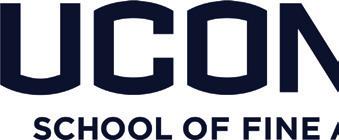





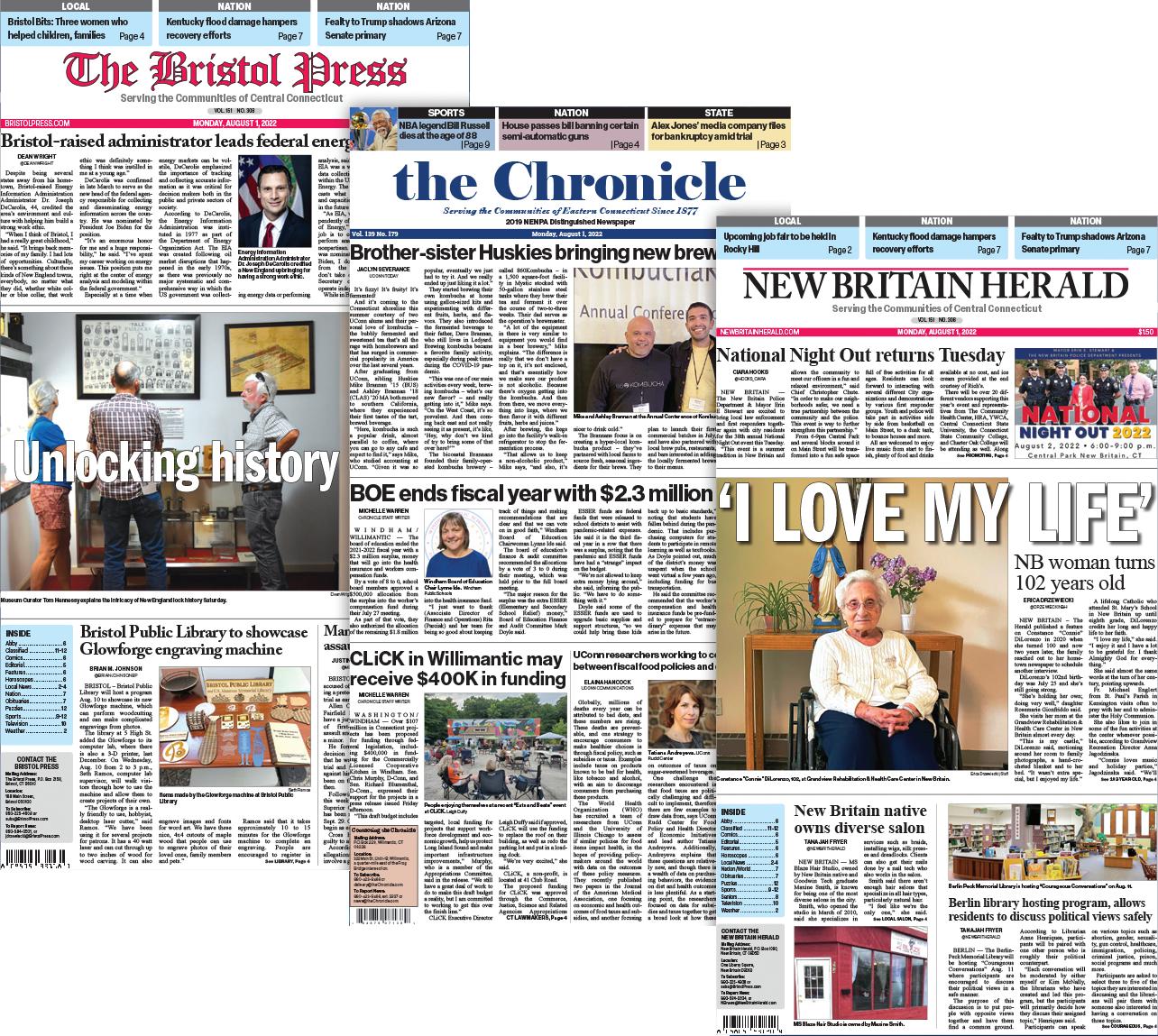








The music you love is on Classical NEPM




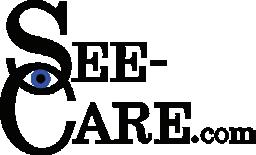





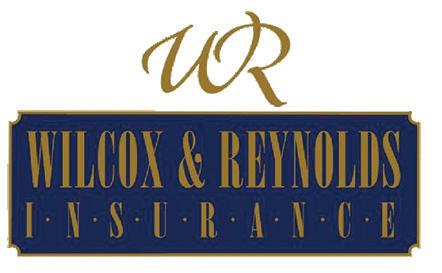


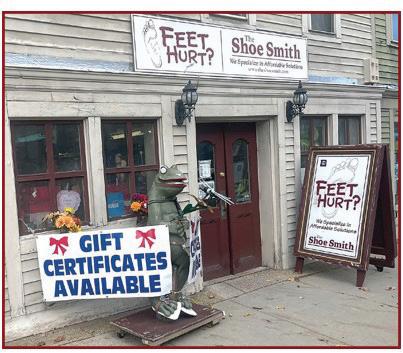
Box Office: 860.486.2113
802 Bolton Road, Unit 1127 Storrs, CT 06269-1127 crt.uconn.edu
Alain Frogley, Interim Dean
Megan Monaghan Rivas Artistic Director & Head, Department of Dramatic Arts
Michelle S. Polgar Managing Director
Vincent Tycer Associate Artistic Director
Annie Suite Box Office Manager
Carter Smith Interim Company/ House Manager
Robert Copley Production Manager
Alison Savino Production Stage Manager
Michael Beschta Technical Director
John Parmelee Associate Technical Director
Daniela Weiser Scenic Charge Artist
Susan Tolis Costume Shop Supervisor
Michael Demers Production Master Electrician
Matthew Sorensen Puppet Arts Technical Supervisor
Jake Neighbors Sound Supervisor
Gino Costabile Properties Manager
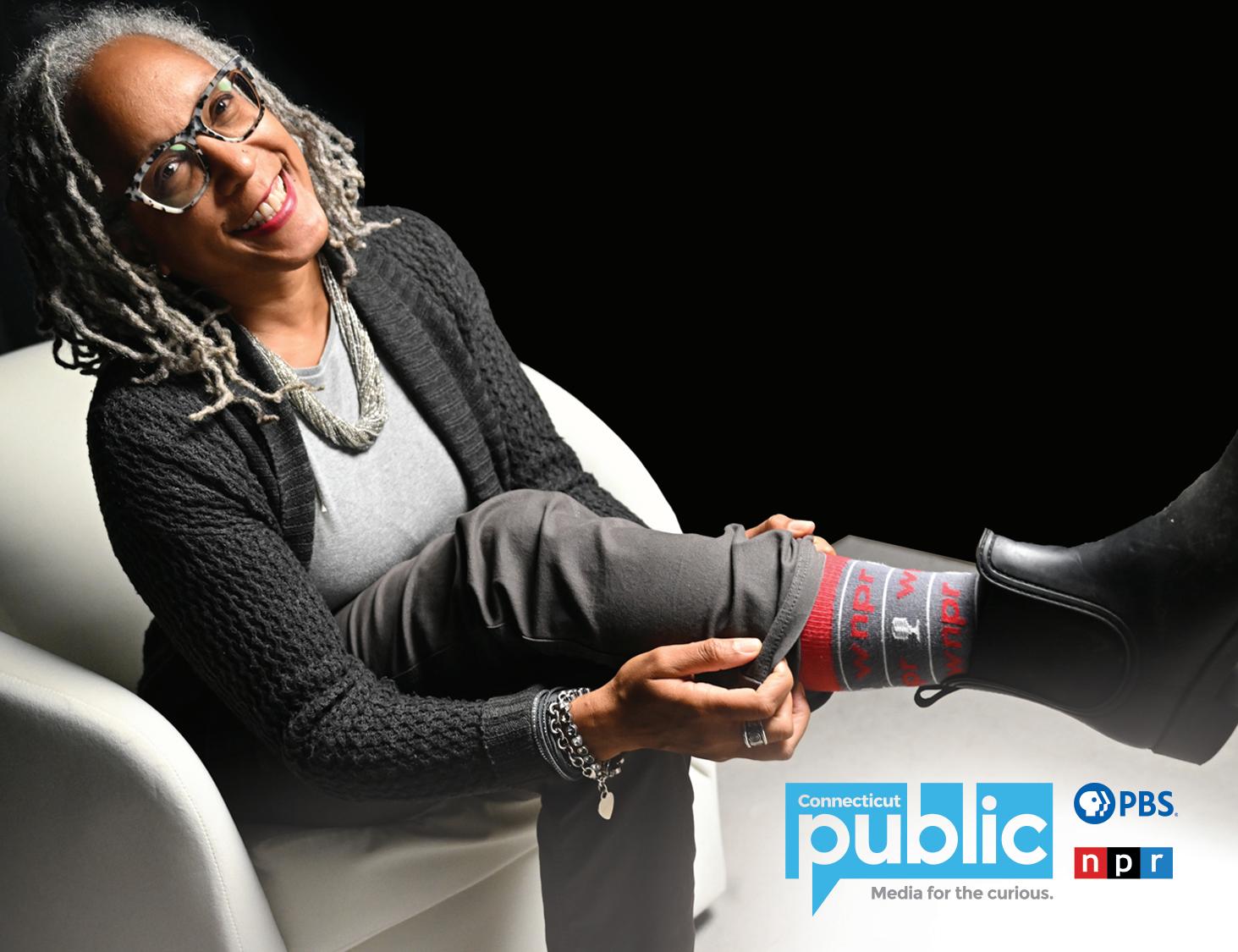


860-429-7433


Rt. 32, Willington Trading Center www.willingtonpizza.com
10%
day of the performance only.
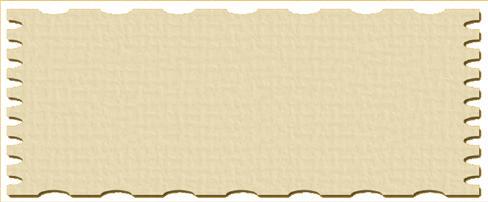


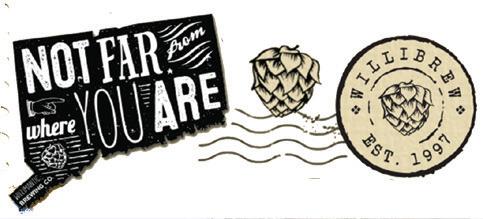



Willimantic Brewing Company
Rte 32, Willington Center • 860.429.7433
Italian Cuisine served in a 200-year-old home with lovely antique decor. Seating for 200. National award-winning pizza featured on CBS This Morning and ABC Good Morning America. Desserts. Open Mon-Thurs 11am–11pm; Fri & Sat 11am–12am; Sun 11am–10pm. Casual attire. Entrées $6–$13. No reservations. (MC, V, D, AE) Best Pizza, Tolland County by Connecticut Magazine.
967 Main Street, Willimantic • 860.423.6777

967 Main Street Willimantic 860.423.6777 Willibrew.com


Order



The Willimantic Brewing Co./Main Street Café is a living landmark restaurant & pub brewery located in Willimantic, in the heart of rural northeastern Connecticut. We offer an extensive menu from fun appetizers, daily specials, gluten free, vegetarian and so much more. Fresh craft beers brewed on site, ciders, cocktails, and guest beers we have something to please everyone. Visit us at www. willibrew.com for more information.
50 Higgins Highway, Mansfield • 860.423.4414
Coyote Flaco is a family owned & operated restaurant. We invite you to try some of our favorite dishes such as our churrasco or one of our home-made tamales. Please try our many “Fresh-Lime Juice” margaritas, our full menu can be found at www.coyoteflacoct.com
1029 Storrs Rd, Storrs • 860.477.0975
Enjoy An Exceptional Journey of Taste
Stix n Stones Marketplace offers fresh high quality food and baked goods, whether you are dining in or picking up to enjoy at home all prepared by Executive Chef, Sal Urso. Catering is available for all of your special occasions. Visit the Marketplace and find thoughtfully selected packaged foods, gifts and visit our floral shop. We see our customers as invited guests to a party, and we are the hosts.
39 Adamec Rd., Willington• 860.477.1054
Come and visit Hilltop Restaurant, Bar & Banquet to experience a delicious meal, live entertainment, full bar with flat screen TVs, and more, stop in today. If you’re looking for a place to hold a party or event, call and talk to us about our banquet rooms, Make sure that you call ahead to find out what our Chef’s Specials are. They change daily. hilltopct.net
135A Storrs Road, Mansfield• 860.786.7870
A dynamic and friendly bar and restaurant located near the University of Connecticut and Eastern Connecticut University offering an enticing selection of craft beer, carefully crafted cocktails and an approachable menu including lighter shareable plates, salads, flatbreads, sandwiches, and full dinners. Lively Bar, Cozy Atmosphere, Shareable Food, Outdoor Patio, Craft Cocktails.
One Dog Lane, Storrs • 860.429.4900
Northeastern Connecticut’s European/American cafe, offering something for everyone from early morning to late at night. Our menu and our daily specials emphasize seasonal, local and freshly-prepared food, all made to order. Offering a wide variety of sandwiches, grilled items and freshly tossed salads or help yourself to coffee at our self-service coffee bar. Offering indoor and outdoor seating. Whether you are in a hurry or want to take some time and relax with friends, our style of service lets you set your own pace. Serving beer & wine. doglanecafe.com
1280 Hartford Turnpike, Vernon Rockville 860.875.4443
Family and Locally Owned American bar & grill featuring fresh seafood, premium steaks, upscale pasta dishes, salads and sandwiches. Indoor, Outdoor, & Lounge Seating. Live Entertainment! Let Us Cater Your Next Event or Party. We have two banquet rooms available, accommodating 25 and 50 people each (or more!). Full and half trays are available for catering orders! Please allow us at least 24 hours of notice for large orders. Seasonal items, special requests, and some entrees require additional time. www.benisct.com


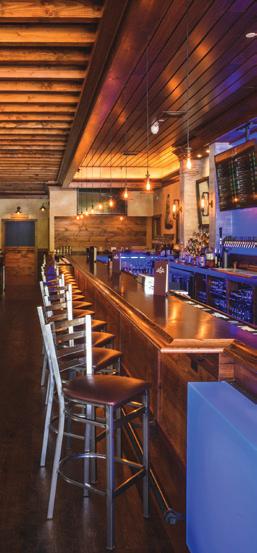
Delicious










